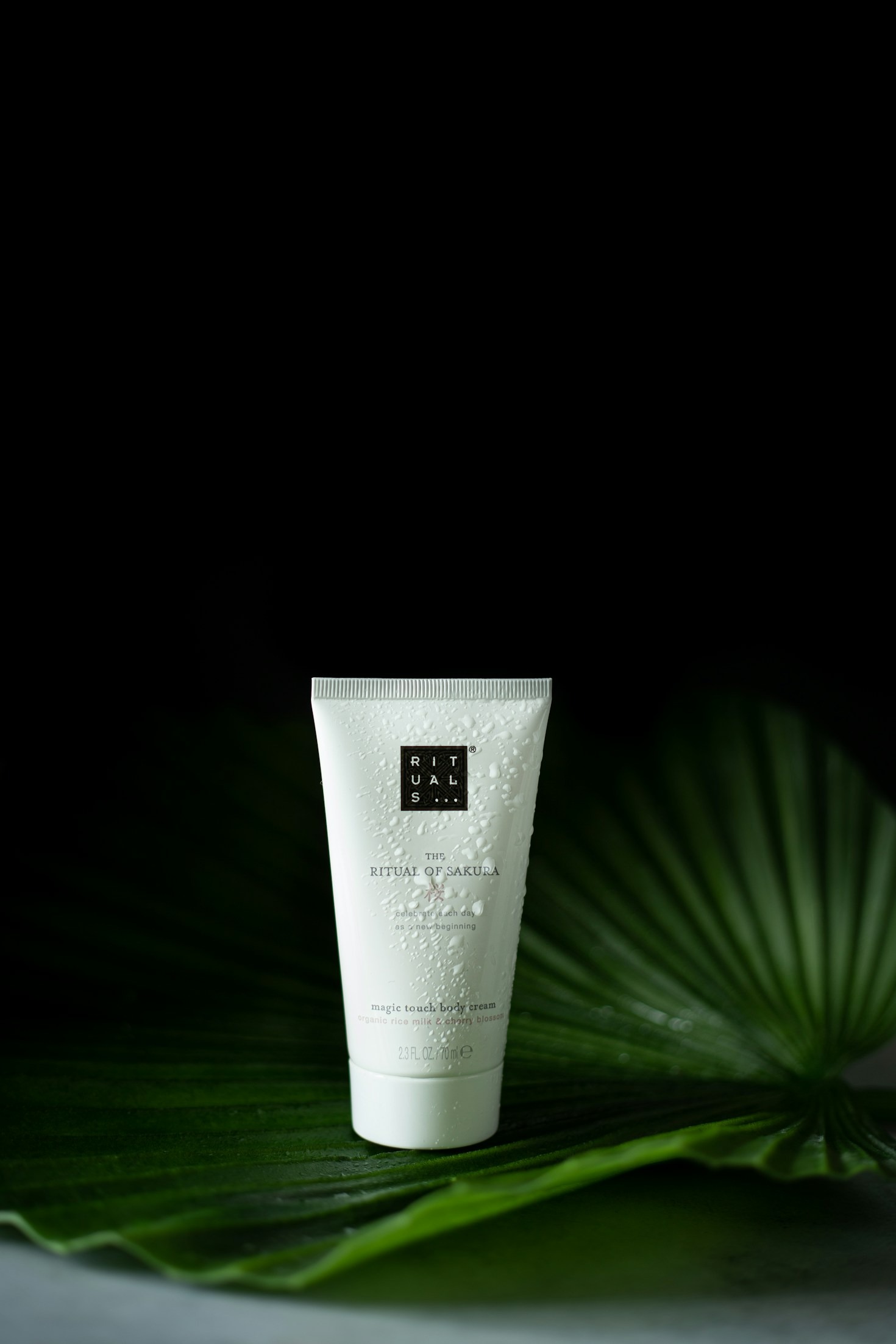Your cart is currently empty!
Walking through the skincare aisle or scrolling online can feel like navigating a maze of buzzwords, ingredients, and claims. “Dermatologist-tested,” “non-comedogenic,” “paraben-free”—what does it all actually mean?
At PureSkinEssence, it’s all about helping readers make informed choices. Here’s a simple guide to decoding product labels so skincare lovers can feel confident about what they’re putting on their skin.
Understanding your skincare, one label at a time.
1. Start with the Ingredient List
Ingredients are listed in descending order by concentration, with the most prominent at the top.
- Active ingredients (like salicylic acid or niacinamide) should appear near the top to be effective.
- Fragrance and essential oils, if listed high up, may irritate sensitive skin.
- Preservatives often appear toward the bottom—they’re essential for keeping products safe and stable.
Tip: Shorter ingredient lists are often better for sensitive skin.
2. Watch for Common Claims
Skincare products often include marketing claims on the front—some helpful, some misleading.
- “Hypoallergenic” – Suggests fewer allergens, but not a regulated term.
- “Non-comedogenic” – Designed not to clog pores; helpful for acne-prone skin.
- “Fragrance-free” – No added scent; ideal for sensitive skin.
- “Paraben-free” – Free from certain preservatives; a popular choice for those seeking cleaner formulations.
- “Cruelty-free” – Not tested on animals, though definitions and certifications may vary.
- “Dermatologist-tested” – Vague, and doesn’t always mean dermatologist-approved.
Look beyond the buzzwords. The ingredient list tells the real story.


3. Understand Key Ingredients
Here are a few popular ingredients and what they actually do:
- Hyaluronic Acid – Hydrates by drawing moisture into the skin
- Niacinamide – Evens tone, reduces inflammation, and strengthens the skin barrier
- Vitamin C (Ascorbic Acid) – Brightens and fights environmental damage
- Salicylic Acid – Exfoliates and treats acne
- Ceramides – Help maintain a strong and healthy skin barrier
Pro tip: Look for ingredients that align with your skin goals, not just trendy ones.
4. Know the “Avoid” List (If Necessary)
While not all “controversial” ingredients are harmful, those with sensitive or reactive skin may want to steer clear of:
- Alcohol (denatured) – Can be drying or irritating in high amounts
- Artificial Fragrances – Often cause sensitivity or allergic reactions
- Harsh sulfates – Like SLS, which can strip the skin’s natural oils
Everyone’s skin is different. Patch-testing is always a good idea with new products.
5. Check the Shelf Life
Most products have a symbol (an open jar icon) indicating how long it’s good for after opening—typically 6M, 12M, or 24M (months). Expired products can become less effective or cause irritation.
Final Thoughts
Understanding product labels is the first step toward taking control of skincare. With just a little knowledge, it becomes easier to spot what works, avoid what doesn’t, and choose products with intention.
PureSkinEssence encourages readers to go beyond the packaging and look at what truly matters: ingredients that support healthy, radiant skin.


Leave a Reply